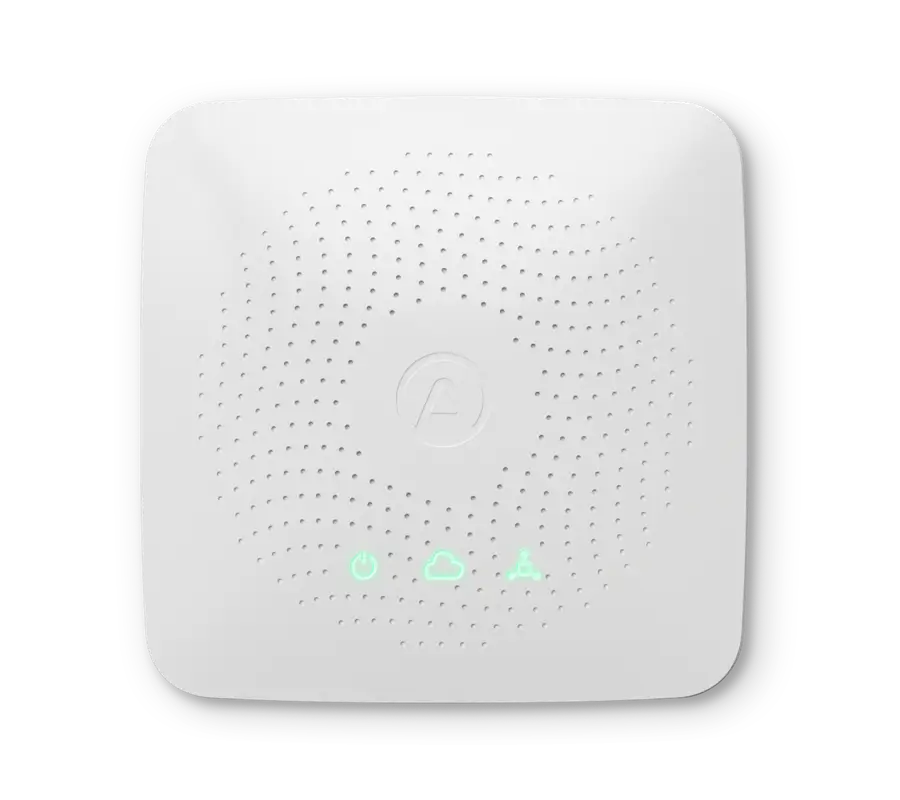In November, it's Lung Cancer Awareness month, as recognized by the Environmental Protection Agency and more! This is to help raise awareness about environmental factors that can impact the health of our lungs1.
It is estimated that about 10% of all lung cancers worldwide are related to radon exposure2. Unfortunately, exposure to this gas kills approximately 21,000 people in the USA each year3.
For this reason and more, the EPA recommends that homeowners test for radon. They state “There is no known safe level of exposure to radon. EPA strongly recommends that you fix your home if your test shows 4 picocuries (pCi/L) or more”4. Radon monitoring is easy, and will arm you with the data you need to make simple changes around your home to reduce levels, and therefore your exposure to radon.
Contents:
What is radon?
It is a naturally occurring radioactive gas that can cause lung cancer in high quantities over long periods of time. Radon enters buildings through cracks and other holes in the foundation, getting trapped at any level of the property. It is odourless, colourless and invisible. Due to the way it enters properties, homes can have varying levels of radon depending on numerous factors. It is therefore important to test each individual home.
Should I test for radon?
- Radon is undetectable by human senses. It is an invisible, odorless, colorless gas that can seep into your home through the ground.
- It is estimated that about 10% of all lung cancers worldwide are related to radon exposure2.
- Unfortunately, exposure to this gas kills approximately 21,000 people in the USA each year3.
- Seasonality, ventilation, structural changes and location all make a difference to radon levels, which may result in you having different readings to your neighbours.
- High radon levels are easily resolved. Increasing ventilation, small fixes around the home can make a difference. If necessary DIY mitigation is possible, or if levels persist, calling a mitigation specialist can help.
- There is a wide range of radon monitors available for every scenario. Including, homes, businesses, and by professionals.

Does the USA have high radon levels?
At Airthings, we are obsessed with all things air quality. Our radon and indoor air quality monitors are loved by thousands worldwide. Because of this, we have unique insight into data from sensors across the world, broken down by location and anonymized.
As part of our research, we created radonmap.com, a free map for all to see home radon levels in their local area. Our data scientists can also see specific trends in an area, here’s what they found in the United States.
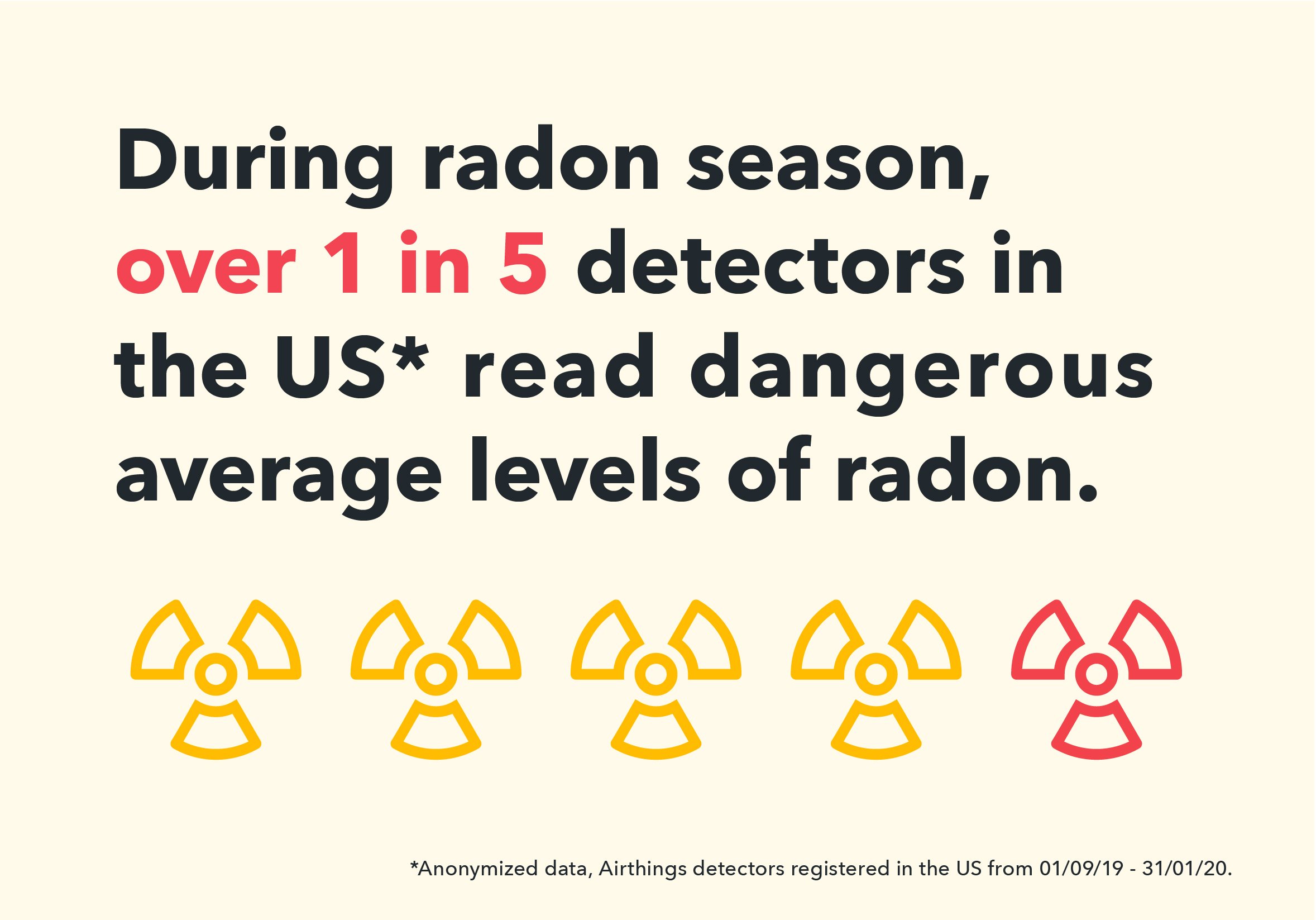
Radon regulations in the USA
As awareness around radon increases, many States are choosing to make radon gas monitoring a priority. However, there is still a long way to go.
Individual states have made some progress in tackling radon, but vary from one state legislature to the next. Some states have committed themselves to measuring radon levels throughout their territory; others have settled for more passive measures, such as radon awareness programs.
A handful of states, such as Florida, have set aside funding for the eradication of radon, but the vast majority have not6. Although a growing number of states now require radon inspectors to obtain a license, over half have yet to take this step.
Progress has been made regarding radon in the home. A total of 37 states have now passed legislation requiring home-sellers to disclose known radon levels before completing the transaction (although only a handful have introduced criminal penalties for misrepresentation)7. And over half the legislatures have written radon into their state’s building code8.
 What’s more, 11 states now require all new properties to be completely resistant to the gas. To help the real estate community adapt to this raft of new measures, the EPA has also created its own set of resources to help combat this issue9. It is important to remember that radon can be monitored easily with a long term radon detector, this allows you to be notified of high levels, so you don't have to think about it.
What’s more, 11 states now require all new properties to be completely resistant to the gas. To help the real estate community adapt to this raft of new measures, the EPA has also created its own set of resources to help combat this issue9. It is important to remember that radon can be monitored easily with a long term radon detector, this allows you to be notified of high levels, so you don't have to think about it.
However, there has been less progress in schools. At the time of writing, only 13 states have specifically addressed radon contamination in school buildings and nine have made radon testing mandatory10.
In some states, such as New York, home to the world’s most recognizable metropolis, testing is required in areas identified by the EPA as ‘Zone 1’, or high risk11.
In California, schools are not required to be tested. However, radon has been discovered in every single one of its counties12. As a result, the Californian Department of Public Health developed the indoor radon program, which provides maps in certain areas.
With radon, it is important to note that there are many factors that can impede readings. Seasonality, ventilation, structural changes and location all make a difference, which may result in you having different readings to your neighbours. For peace of mind, use a long-term radon detector and be alerted to any changes in your radon levels.
See a breakdown of the radon rules in each state, check out our free radon guide below:










.webp)
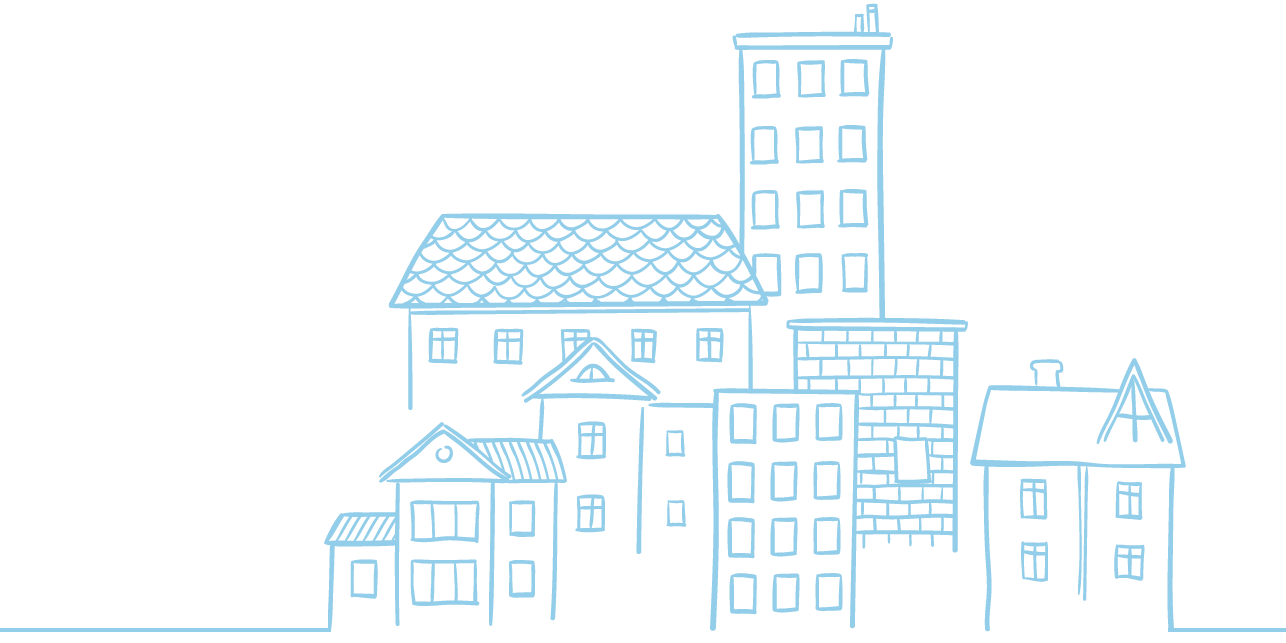

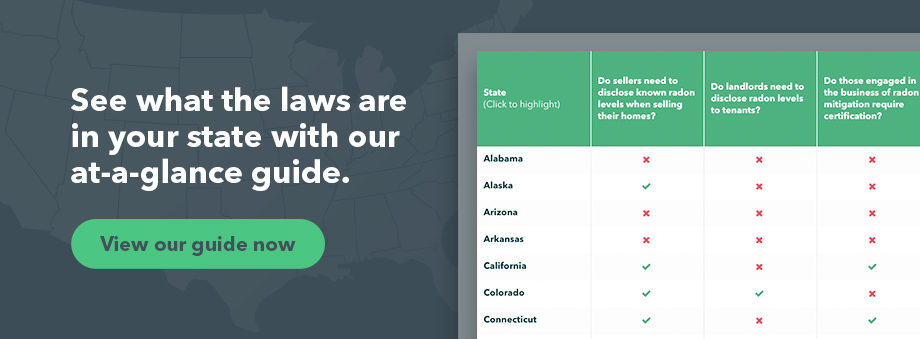
.png)
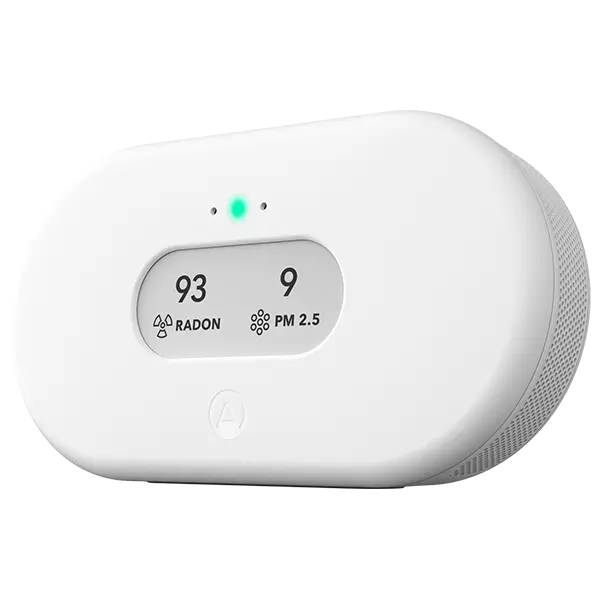

%20(1).webp)
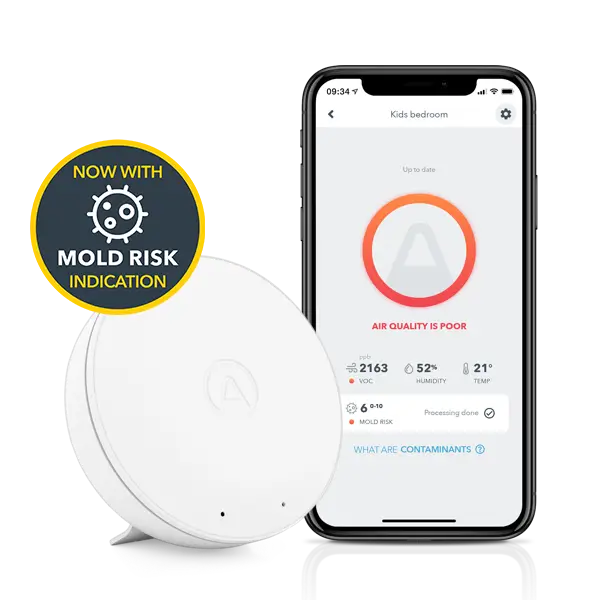
%20(1).webp)
